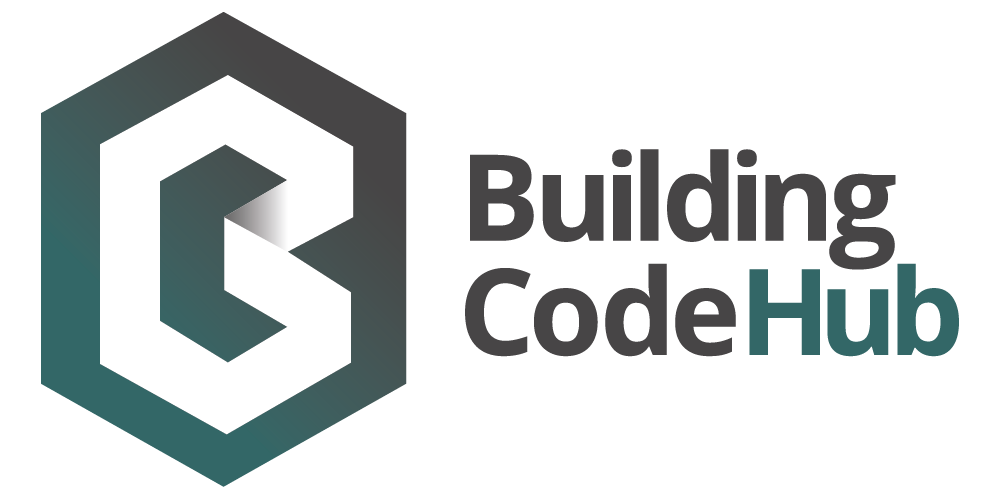Use of let-in plywood bracing - Build 185 (2021)
- Abbreviation
- Use of let-in plywood bracing
- Valid from
- 1/08/2021
- Information provider
- BRANZ Limited
- Author
- David Carradine
- Information type
- BUILD article
- Format
- Website, PDF
Description
Let-in plywood bracing has a long history of use. Some designers and manufacturers specify it, but some councils don’t permit it. BRANZ has found it doesn’t seem to affect structural integrity and suggests ways to resolve the uncertainty.
Let-in plywood bracing for walls is a method of construction where plywood sheets are fixed to the exterior of a timber-frame wall to contribute wall bracing capacity. It is usually positioned at the corners of the building and commonly uses a single sheet (1.2 m × 2.4 m) of 7–9 mm thick plywood.
This bracing method requires wall studs and plates to be rebated so the exterior plane of the wall is not altered by the thickness of the plywood (Figure 1). Without the rebate, this would impact the installation of cavity battens or direct fixed cladding. Rebating is not needed when an exterior wall is fully sheathed in plywood.
Scope
This article includes:
- Questions about reduced performance
- Research to find answers
- Long history of use, though few details
- Some use regularly, others don’t
- Think further than structural performance
- Ways to resolve the uncertainty
- Consider as part of wall system




